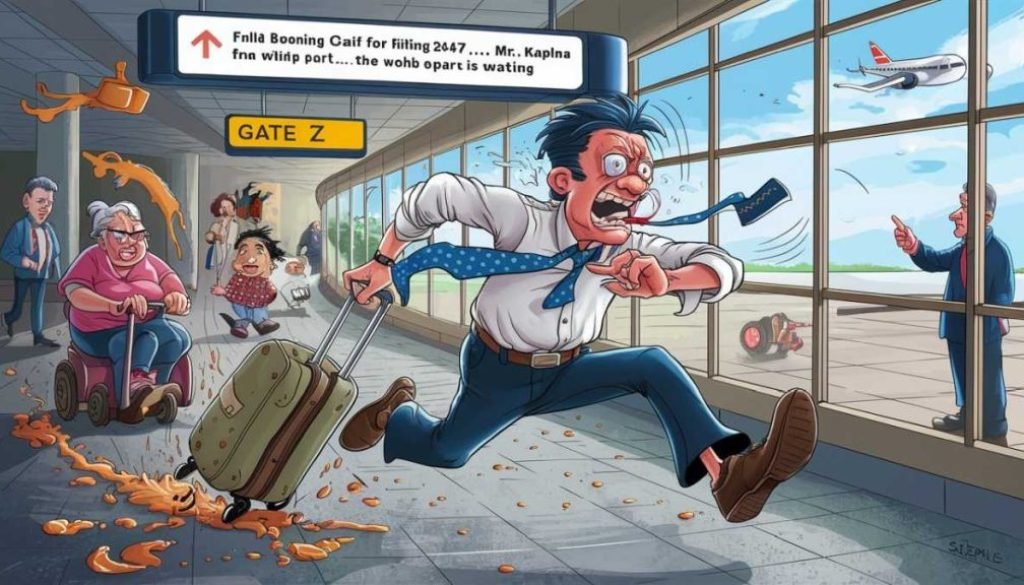Connecting Flights: The Ultimate Guide for Smooth Transit
A connecting flight involves changing from one aircraft to another during your journey. Unlike direct flights, these require time management, navigation between terminals, and awareness of airport procedures.
Do’s for Connecting Flights
1. Do Book Flights on the Same Ticket
- Why it matters: Booking both legs of your journey on the same ticket ensures the airline is responsible for missed connections due to delays.
- Pro tip: Always book connecting flights under one reservation to ensure smooth transit and baggage handling.
2. Do Allow Enough Time Between Flights
- Domestic connection: Minimum 1–1.5 hours.
- International connection: At least 2–3 hours.
- Consider airport size and whether you need to go through immigration, security, or change terminals.
3. Do Check Visa & Transit Requirements
- Some countries require a transit visa even if you’re not leaving the airport.
- Tip: Always check the rules of your layover country before booking.
4. Do Pack Essentials in Your Carry-On
- Include meds, chargers, travel documents, a change of clothes, and anything valuable.
- Pro tip: Keep essentials with you during connecting flights to avoid issues with delayed luggage.
5. Do Understand the Airport Layout
- Use airport maps or apps to understand gate changes and walking times. Some airports like Amsterdam (AMS) or Singapore (SIN) are ultra-efficient. Others, like LAX or CDG, require hustle.
Don’ts for Connecting Flights
1. Don’t Book Tight Layovers
- A 40-minute layover might be a gamble, especially in large or busy airports.
- Rule of thumb: If it feels rushed—it is.
2. Don’t Forget to Recheck Your Luggage (When Required)
- Especially common when switching from international to domestic flights.
- SEO tip: Always check if you need to collect and recheck luggage during a layover—especially in the USA.
3. Don’t Ignore Time Zone Differences
- Sounds obvious—but even seasoned travelers mess this up.
- Plan your schedule (especially hotel check-ins or connecting ground transportation) with the right time zones in mind.
4. Don’t Leave the Airport Unless You Have Plenty of Time
- If you want to explore during a long layover, make sure you have:
- Enough time to clear immigration and get back.
- A visa, if required.
- Realistic expectations—rush hour traffic exists in every country.
5. Don’t Assume Your Bags Will Be Automatically Transferred
- Especially on separately booked tickets or low-cost carriers, you may need to manually transfer your luggage.
Pro Tips from a Frequent Traveler
- Use Apple AirTags or luggage trackers – especially on connecting flights.
- Download your airline app for real-time gate updates.
- Travel insurance can save your trip if something goes sideways during your connection.
- Avoid tight connections in winter months – snow and delays don’t mix well with short layovers.
- Long layover? Look into airport lounges or day rooms at transit hotels.
Final Thoughts: Making the Most of Your Connecting Flight
Connecting flights don’t have to be stressful. With smart planning, extra time, and a few travel hacks, they can be an efficient (and sometimes cheaper!) way to reach your destination. Whether you’re an experienced globetrotter or a first-time flyer, following these do’s and don’ts will save you from airport chaos and help you enjoy the journey.




October 6, 2025 @ 6:12 pm
Live Rent Free!
https://bit.ly/LiveRentFREE
October 7, 2025 @ 9:11 am
I’m not that much of a internet reader to be honest but your blogs really nice, keep it up! I’ll go ahead and bookmark your website to come back in the future. http://www.kayswell.com
October 10, 2025 @ 4:08 pm
I just couldn’t leave your website before suggesting that I really loved the standard information a person supply on your visitors? Is going to be back often in order to check up on new posts